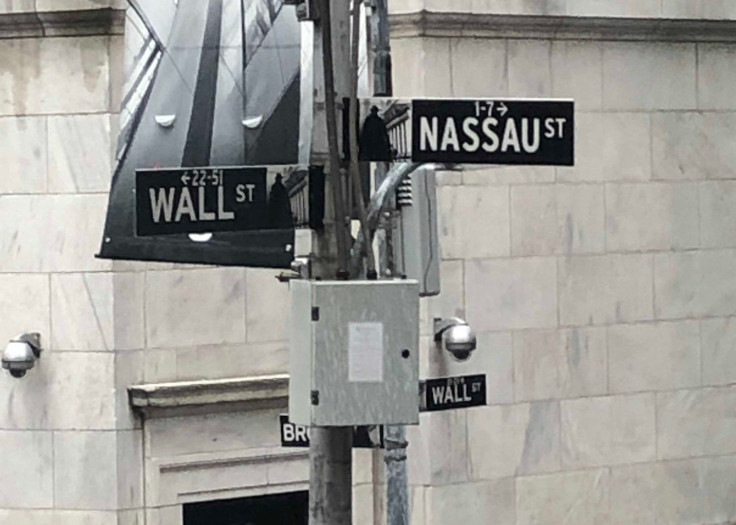Monday's Stock Market Close: US Equities Surge To Extend Last Week’s Rally, But Oil Plunges

KEY POINTS
- Johnson & Johnson said it has a lead vaccine candidate for coronavirus
- Pending home sales rose 2.4% in February
- Oil prices plunged to just above $20 per barrel
U.S. stocks rose on Monday as investors mulled over economic damage wrought by the coronavirus epidemic and government efforts to alleviate it.
The Dow Jones Industrial Average gained 690.7 points to 22,327.48, while the S&P 500 rose 85.18 points to 2,626.65 and the Nasdaq Composite Index advanced 271.77 points to 7,774.15.
Last week, the Dow jumped more than 12%.
Monday’s volume on the New York Stock Exchange totaled 4.87 billion shares with 1,748 issues advancing, four setting a new high, and 1,252 declining, with 58 setting new lows.
Active movers were led by Ford Motor (F), General Electric Co. (GE) and Bank of America (BAC).
On Friday, President Donald Trump signed a $2 trillion stimulus package that will provide direct payments to Americans to mitigate the economic damage from the coronavirus outbreak. On Sunday, Trump said “social distancing” protocols will remain in place through at least Apr. 30, while his top infectious-disease expert, Dr. Anthony Fauci warned up to 200,000 Americans could be killed by the virus.
Johns Hopkins University data showed that more than 723,000 coronavirus cases have been confirmed around the world, with the U.S. reporting over 140,000. The death toll in Italy passed the 10,000 mark over the weekend.
Johnson & Johnson (JNJ) jumped 8.01% after it said it has a lead vaccine candidate for coronavirus and that it expects to start phase 1 human clinical studies by September 2020.
Abbott Laboratories (ABT) gained 6.44% after it introduced a coronavirus test that can determine if someone is infected with the virus in only five minutes.
“Right now, risk assets are pricing in a V-shape recovery,” said Dave Albrycht, chief investment officer at Newfleet Asset Management. “Now, do I believe that’s going to happen? I think that’s highly dependent on whether they come up with some type of vaccine, how long does this go on for and whether people start going back to work once this peaks.”
But some analysts were skeptical about the rally.
“We have argued that given the speed of the fall there will have to be relief rallies, but that they are likely to end up being faded,” wrote Mislav Matejka, a JPMorgan equity strategist. “Ultimately, this bounce might prove tactical, too.”
“Equity markets are overextended, but face a bumpy period of even grimmer virus news and poor economic statistics in the next 1-2 months,” wrote strategists at MRB Partners. “The world is now entering a third phase, the first being the shock of an out-of-control virus spreading around the globe, then the massive policy response, and now the economic fallout phase has arrived and will test investors’ very fragile confidence.”
In economic data, pending home sales rose a better-than-expected 2.4% in February from January, while sales were up 9.4% annually. However, this time frame preceded the arrival of coronavirus in the U.S.
Overnight in Asia, markets closed lower. China’s Shanghai Composite tumbled 0.9%, while Hong Kong’s Hang Seng slipped 1.32%, and Japan’s Nikkei-225 dropped 1.57%.
In Europe markets finished higher, as Britain’s FTSE-100 rose 0.97%, France’s CAC-40 gained 0.62% and Germany’s DAX jumped 1.9%.
Crude oil futures dropped 5.72% at $20.28 per barrel, Brent crude slipped 0.26% at $26.35. Gold futures fell 0.87%.
The euro slipped 0.83% at $1.1045 while the pound sterling fell 0.27% at $1.2414.
The yield on the 10-year Treasury dropped 10.55% to 0.67% while yield on the 30-year Treasury fell 4.11% to 1.282%.
© Copyright IBTimes 2025. All rights reserved.





















